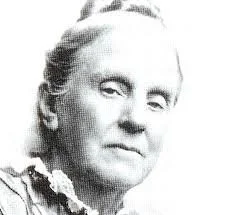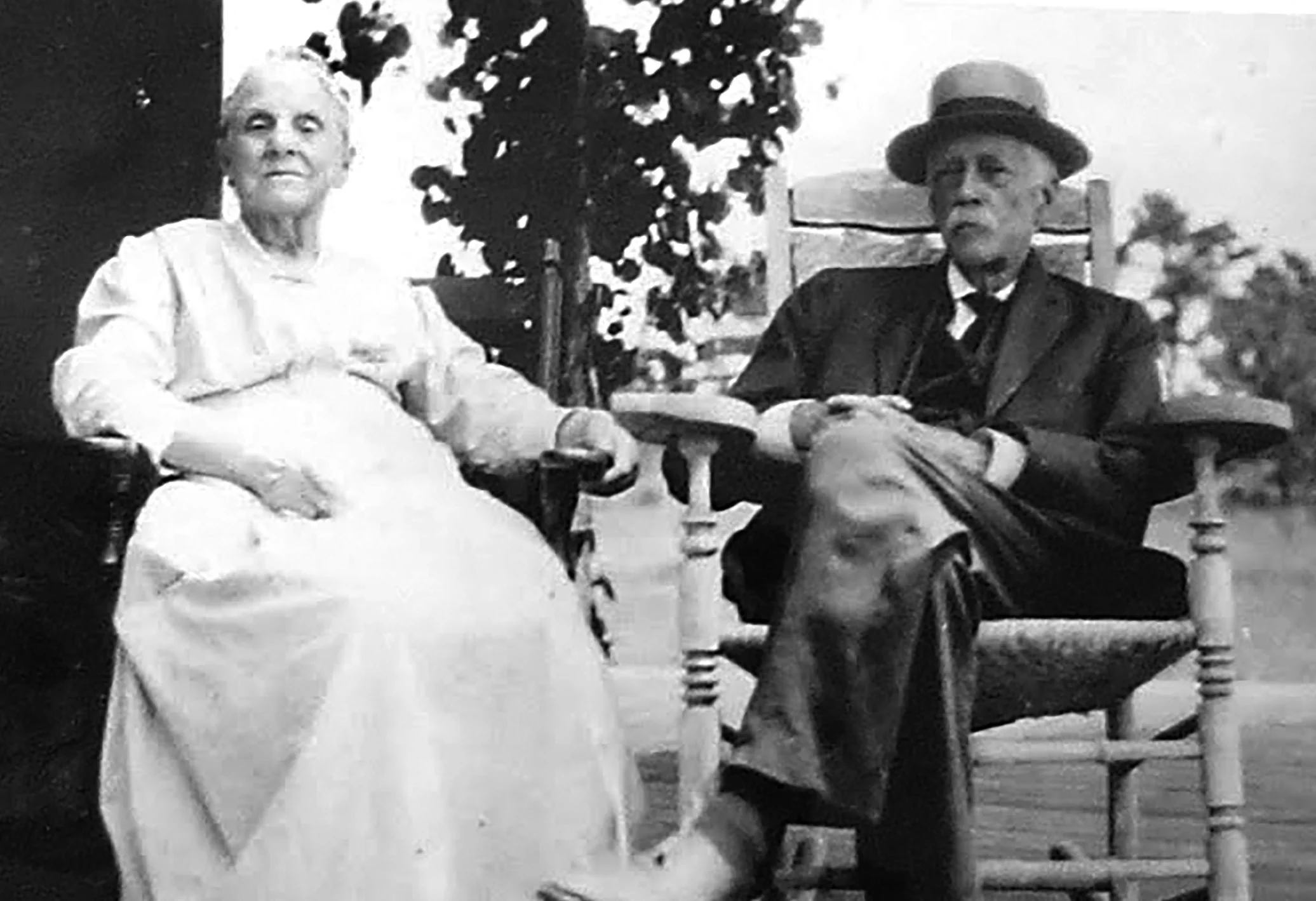
Cotuit Library History
Our Story
150 Years of Knowledge and Connection
Founded in 1874 as the Cotuit Lyceum Society, the Cotuit Library was established “for the diffusion of useful knowledge and by procuring lectures, instituting debates and thereby inducing habits of thought.” For 150 years, the Cotuit Library has proudly served as a vital resource and gathering space for the village of Cotuit and surrounding Cape Cod communities.
In its early years, members of the Cotuit Lyceum Society began acquiring books, initially housing the collection in Asa Bearse’s store before relocating it to Freedom Hall. By 1894, the Cotuit Library Association was formed, and the library found its permanent home in the historic Schoolhouse Number 11, originally built in 1830—today’s library entry room.
As the library’s collection expanded, so did the building. In 1901, renowned architect Guy Lowell—best known for designing the Boston Museum of Fine Arts—crafted an elegant expansion, including the library’s iconic façade that still graces Main Street in Cotuit today. Over the years, numerous additions have helped the library grow while preserving its historic charm and community-focused mission.
Lucy Gibbons Morse: A Visionary Founder
An intellectually active and civic-minded woman of the 18th and 19th centuries, Lucy Gibbons Morse (1839-1936) felt it important that the community have a library. In keeping with her activist background, literary and artistic prowess, and interest in education for all, she was instrumental in founding the Cotuit Library. She served as a member of the library’s board until 1923.
-
Lucy Gibbons Morse (1839–1936) was an intellectually active, civic-minded woman whose passion for education and literature led her to be instrumental in founding the Cotuit Library. She served on the library’s board until 1923, shaping its future and ensuring access to books and learning for all.
Born in New York City, Lucy Gibbons was the daughter of Abigail Hopper Gibbons (1801–1893) and James Sloan Gibbons (1810–1892)—both prominent Quaker abolitionists and social reformers. Raised in a home dedicated to social justice and activism, Lucy carried forward her family's legacy of advocacy, literature, and education.
After the Civil War, Lucy pursued her literary interests and married James Herbert Morse in 1870. A Harvard-educated educator, he specialized in preparing students for Ivy League entrance exams. In 1879, the Morse family purchased a home in Cotuit, where James established a summer school to help students prepare for Harvard University entrance exams—further deepening the family's ties to the Cotuit community.
Buried in Cotuit, Lucy Gibbons Morse’s legacy lives on through her contributions to education, literature, and the arts.
-
Lucy Gibbons Morse came from a long line of social reformers:
Abigail Hopper Gibbons, Lucy’s mother, was a renowned abolitionist, educator, and prison reform activist.
Her father, James Sloan Gibbons, was a Quaker abolitionist and journalist, known for his connections to Horace Greeley, founder of the New York Tribune.
Lucy’s grandfather, Isaac Hopper, was a prominent anti-slavery activist who helped establish safe houses for fugitives on the Underground Railroad.
The family’s New York City home was a station on the Underground Railroad, aiding escaped enslaved individuals. Because of their abolitionist stance, their home was attacked and destroyed during the 1863 New York Draft Riots, highlighting the risks they took for their cause.
-
Beyond her contributions to education and literature, Lucy Gibbons Morse was an accomplished artist specializing in Victorian silhouette art. Inspired by August Edouart, one of the most famous silhouette artists of the era, she used surgical scissors to create intricate paper cuttings, often featuring floral motifs, fairy tales, and imaginative fantasy scenes.
During the Victorian era (1837–1901), fairy art and literature flourished, and Morse’s delicate, whimsical silhouettes captured the era’s fascination with enchanted worlds and nature’s beauty. She mounted her silhouette art on silk panels, designing lampshades and decorative light covers that, when illuminated by candlelight, appeared to bring her fairy-tale figures to life.
Published Works
A talented writer and storyteller, Lucy Gibbons Morse published several books, including:
Breezes (1921) – A collection of silhouettes and stories for children
The Chezzles (1888)
Rachel Stanwood: A Story of the Middle 19th Century (1893)
Her work reflects her deep love for literature, art, and storytelling, leaving an enduring impact on both the Cotuit community and the literary world.
Preserving the Legacy: The Cotuit Library Today
For over 150 years, the Cotuit Library has remained dedicated to literacy, lifelong learning, and community enrichment. Today, it continues to:
Offer a diverse collection of books, digital resources, and community programs
Provide a welcoming space for residents and visitors on Cape Cod
Celebrate its rich history while embracing innovation in public libraries
As we honor our historic roots, we invite you to explore all that the Cotuit Library has to offer. Whether you’re interested in local history, literature, technology, or lifelong learning, our doors remain open—just as they have for the past century and a half.




